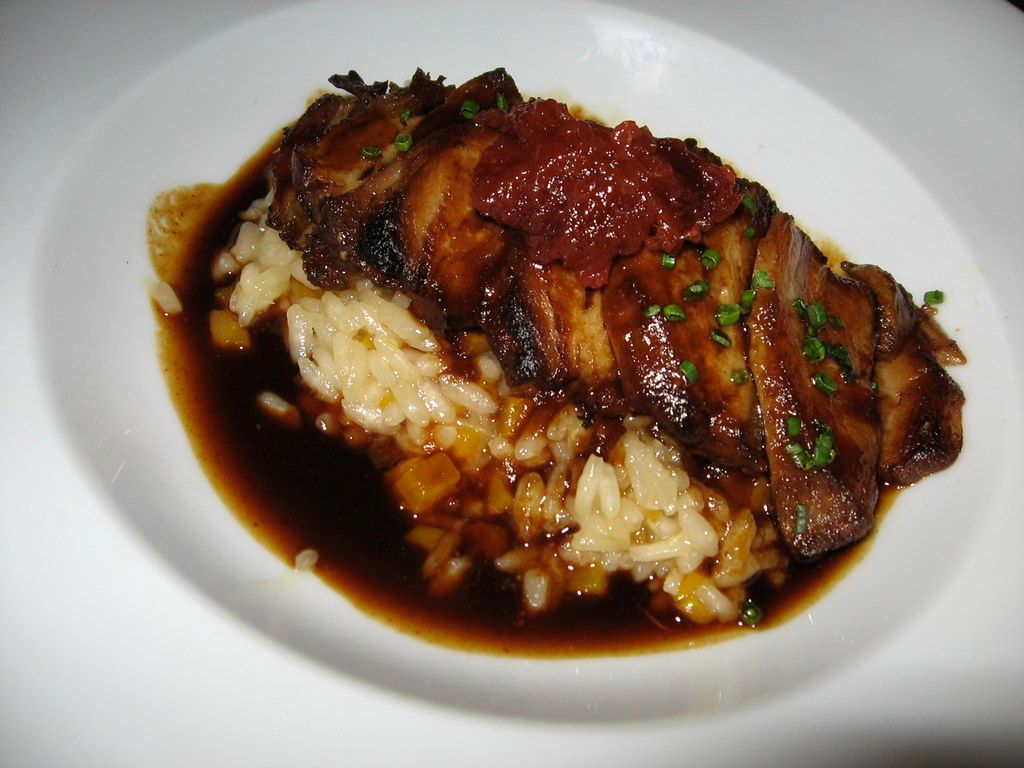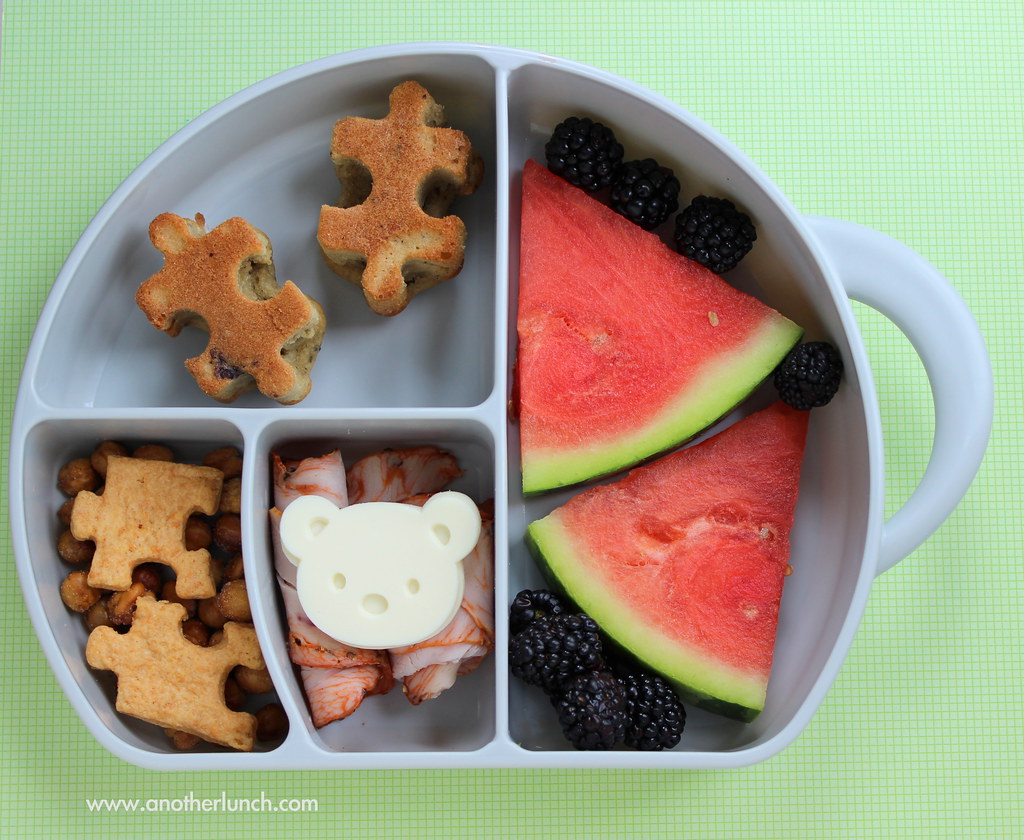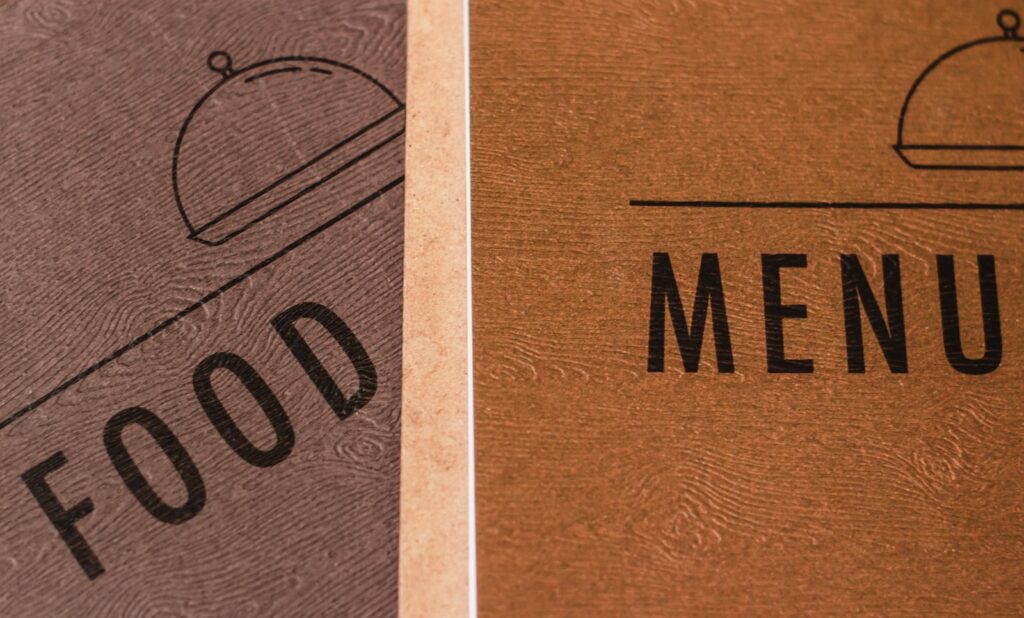
Alright, foodies, gather ’round! We all love a good meal out, right? There’s something magical about walking into a restaurant, smelling those incredible aromas, and eagerly scanning a menu crafted by culinary pros. You’re there to relax, be fed, and treat your palate with the utmost respect, since you chose their establishment over countless other options. Chefs and restaurateurs pour their hearts and souls, not to mention countless hours, into perfecting every dish, every ingredient pairing, and every presentation.
But let’s be real for a sec: sometimes, our dining habits can unintentionally throw a wrench into that perfectly orchestrated kitchen dance. We’ve all been there, asking for ‘no onions,’ ‘extra sauce,’ or a ‘side of something from another dish entirely.’ And while a little customization is totally fine (and even encouraged in some places!), there’s a line. Cross it, and you might just be unknowingly becoming ‘that customer’ that chefs, bless their creative hearts, secretly wish would… well, chill out a bit on the modifications.
So, if you’ve ever wondered what goes on behind those swinging kitchen doors when you request a complete overhaul of your chosen meal, you’re in for a treat! We’re here to spill the tea, straight from the culinary pros themselves. Get ready to discover the first six things chefs really wish you’d stop doing to their meticulously designed menus. It’s time to become the thoughtful diner your favorite chef deserves!
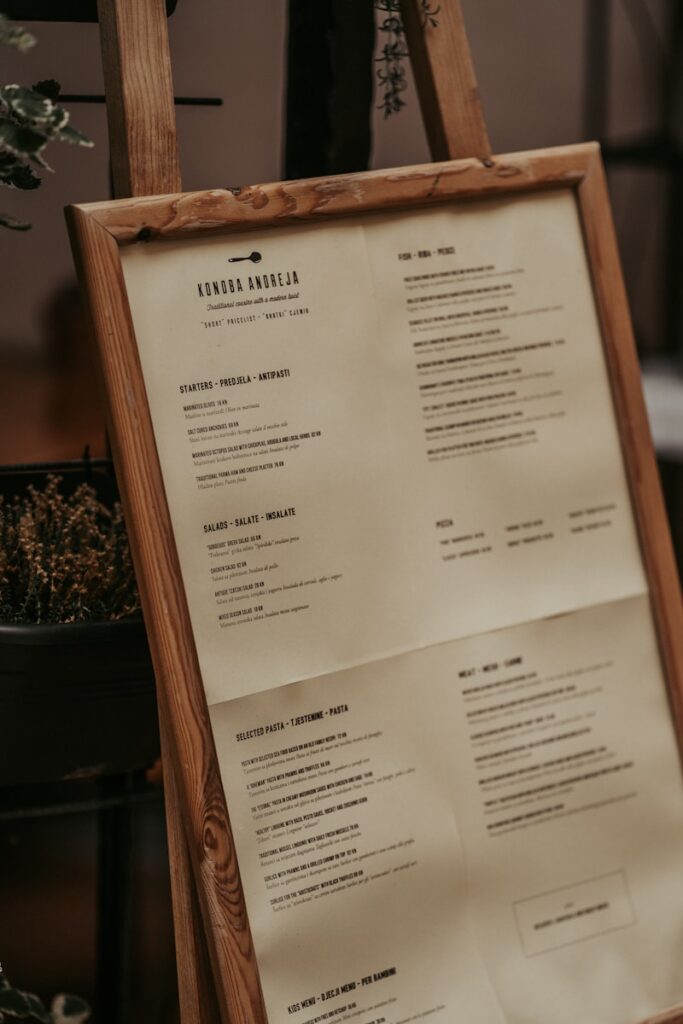
1. **Excessive Meal Modification (The Ripple Effect)**
Imagine this: you’re out to eat, and you see a server shuttling back and forth from the kitchen, clipboard in hand, looking a little stressed. They’re trying to take an order, but a customer at another table has ‘a dozen questions and wants to make changes to their desired menu item.’ Sound familiar? We’ve all witnessed it, maybe even been that customer once or twice (no judgment, we’re learning!). But this kind of behavior, folks, is actually considered bad restaurant etiquette for a reason, and it’s not just about patience.
This back-and-forth scenario ‘monopolizes the time of one busy server, breaking the flow of the kitchen staff behind the scenes, and creating a ripple effect throughout the restaurant.’ Think about it: that server isn’t just serving you; they have other tables, other guests waiting for their drinks, appetizers, or checks. When their time is taken up by overly complex modification requests, everything else gets delayed. It’s like a domino effect that impacts everyone around you.
And here’s a really important, often overlooked point: ‘The server’s other tables are neglected, their food is delivered late, and the perceived ineffectiveness of the server may affect their tips from these neglected tables.’ Since ‘many servers rely on their tips for pay,’ your endless tweaks could have a ‘very real impact on their paystubs.’ So next time you’re thinking of sending your server on a culinary scavenger hunt, remember that their livelihood might literally depend on a smooth, efficient service flow. Simple modifications are usually fine; asking for no tomatoes on a salad is a pretty simple change that won’t trip up any cook.
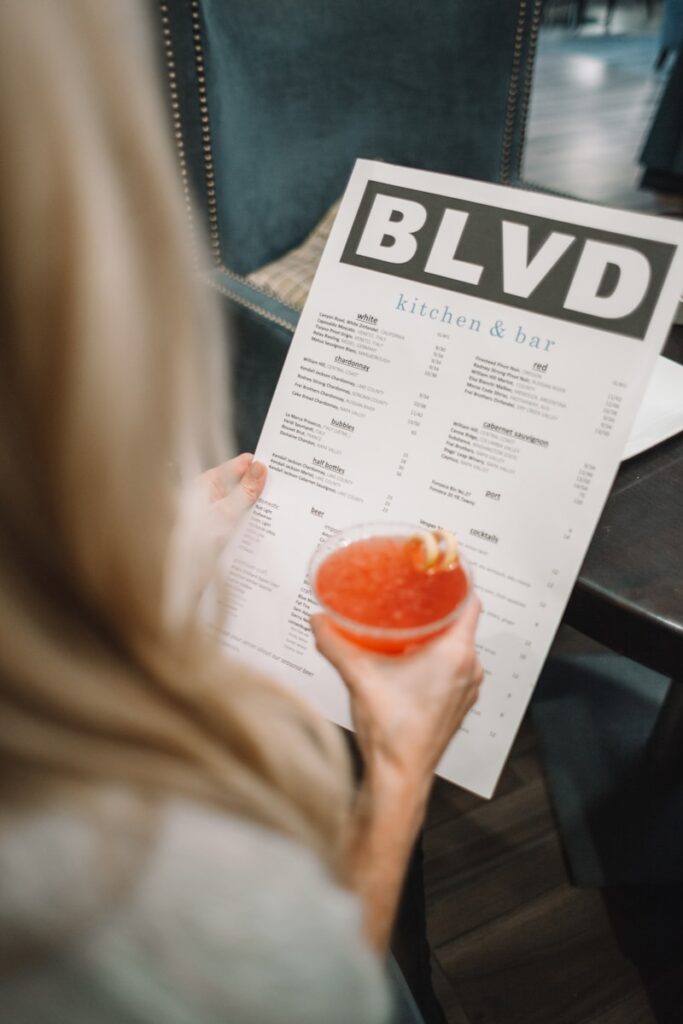
2. **Asking for Big Modifications That Inherently Change a Dish**
Ever looked at a menu item and thought, “This sounds great, but I’d really prefer it with chicken instead of fish, hold the sauce, and can you swap the potatoes for rice from another entree?” If so, you might be falling into this common trap. Chefs put immense thought into creating each dish, selecting ingredients, balancing flavors, and perfecting textures. A restaurant’s menu ‘is constructed by a chef who believes that each dish is the best and tastiest presentation they have to offer.’
When you ask for ‘big modifications that inherently change a dish,’ it actually ‘begs the question: Why order it in the first place?’ It’s like buying a piece of art and then asking the artist to repaint half of it. Not only does it create problems for the cooks in the kitchen, but it also ‘shows a little lack of respect for what a chef has created.’ They’ve spent years honing their craft, developing their palate, and dreaming up these culinary compositions. To fundamentally alter them can feel like a dismissal of their hard work and vision.
Professional kitchens run ‘a tight ship to combat the chaos and make sure they are turning out great food.’ Heavily modified tickets, especially those that transform a dish into something entirely different, can ‘really throw a stick into the spokes of this well-oiled machine.’ It’s not just about the extra steps; it’s about disrupting a carefully planned process and forcing the kitchen to create something outside of their practiced flow. So, if a dish doesn’t sound appealing without a total makeover, perhaps it’s a sign that another menu item (or even another restaurant!) might be a better fit.
Read more about: Unlock Your Brain’s Full Potential: 14 Essential Steps for Lifelong Cognitive Health
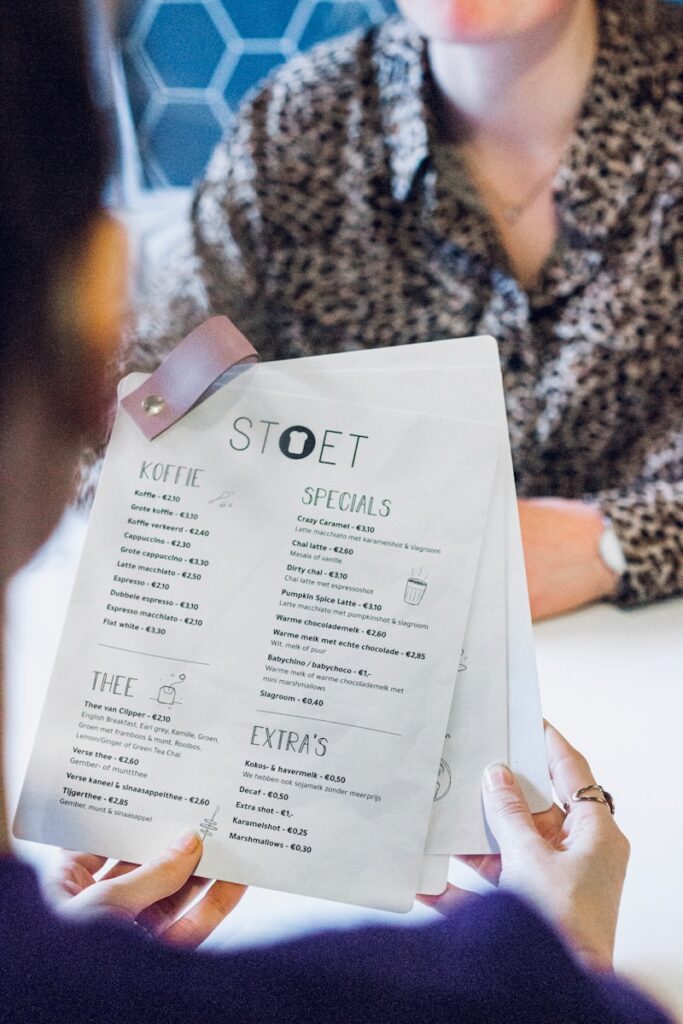
3. **Not Doing Your Homework Before You Arrive**
We live in the digital age, folks! Nearly every restaurant worth its salt has an online presence, complete with their full menu. And yet, so many of us still show up, sit down, and *then* start dissecting the menu, only to realize nothing quite hits the spot without a complete custom job. ‘These days, it’s so easy to avoid being that kind of customer who has a list of demands,’ says the context, and it’s absolutely true!
Taking a few minutes to ‘do some research before walking in the door’ can save you, your server, and the kitchen a whole lot of grief. Online menus often ‘mention whether or not a restaurant can accommodate different dietary needs, or if they are willing to make changes at all.’ Some restaurants even have ‘a policy of no modifications’ explicitly stated online. Knowing this upfront empowers you to make an informed decision, ensuring a smoother, happier dining experience for everyone involved.
Seriously, if you browse the menu beforehand and find ‘nothing on the menu that seems appetizing without some big modifications, it is perhaps better to choose a different restaurant.’ It’s not about being difficult; it’s about being thoughtful. By pre-screening, you’re not just being a good customer; you’re also ensuring you pick a place that genuinely caters to your taste buds without needing a custom blueprint for every dish. It’s a win-win, really!
Read more about: Beyond Buyer’s Remorse: 14 Reasons Luxury Car Owners and Dealers Face Leasing Nightmares and Market Mayhem
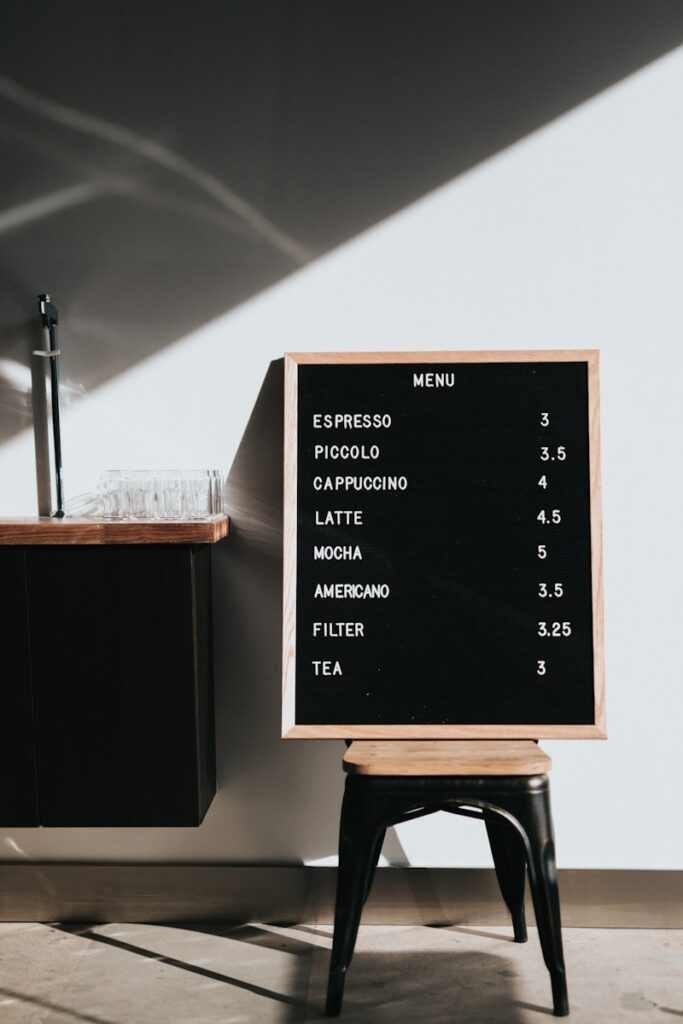
4. **Making Big Modifications During Peak Hours**
Timing, as they say, is everything. And nowhere is that truer than in a bustling restaurant kitchen during the dinner rush! While a simple tweak might be perfectly acceptable during a quiet Tuesday afternoon, the same request can become a major headache when the restaurant is ‘packed and has a long wait.’ It’s all about being ‘cognizant of the restaurant’s atmosphere after being seated.’
If the dining room is light and the kitchen seems calm, ‘it’s less likely that small modifications are going to cause a problem for the staff.’ They have a little more bandwidth, a little more grace to accommodate those minor changes. But when the restaurant is humming, and tickets are flying, every extra step, every deviation from the standard recipe, adds pressure and can slow down the entire operation. It’s a logistical ballet back there, and a sudden, complex modification can throw off the rhythm.
In those peak moments, ‘it’s better to be courteous and just order right from the menu.’ The staff, both front-of-house and back-of-house, are working at maximum capacity to ensure everyone gets their food hot, fresh, and on time. Sticking to the menu shows respect for their incredibly demanding work and helps keep the whole dining experience enjoyable for you and every other patron. Trust us, ‘the staff would certainly be appreciative of that.’
Read more about: The Great Cool-Down: 13 Classic Cars Quietly Crashing in Value in 2025
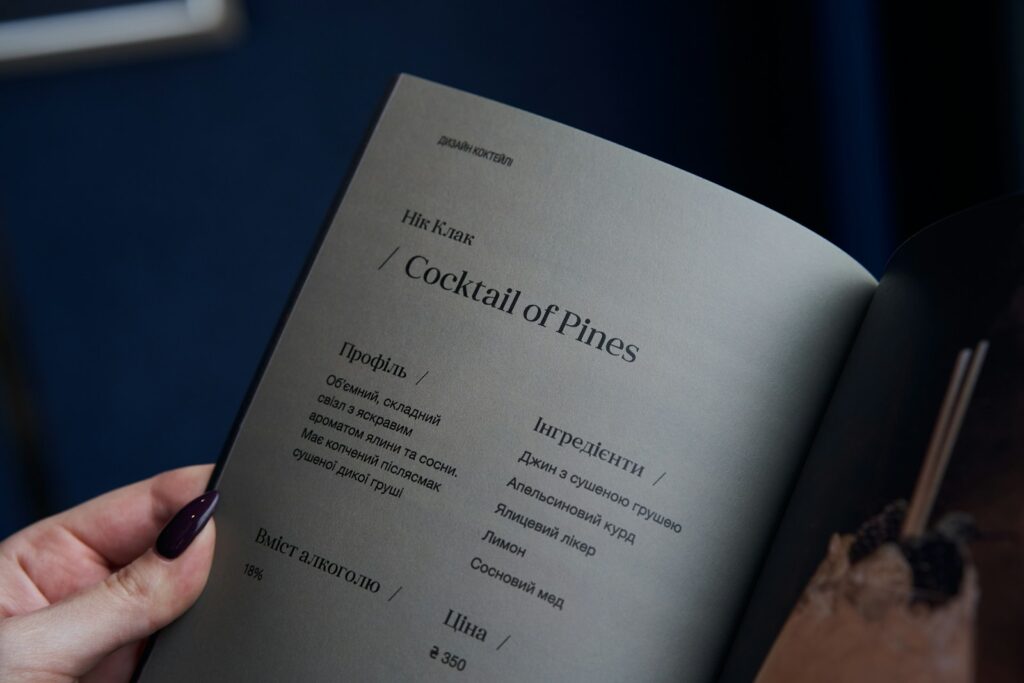
5. **Barging In and Altering Dishes in Ambitious/Talented Kitchens**
Not all restaurants are created equal, and understanding this spectrum is key to mastering your modification etiquette. On one end, you have your ‘fast-food convenience’ spots, designed for quick service and large profit margins, where customization is often built into their model. On the other end, you find ‘destination fine-dining’ establishments, and ‘their objective will change drastically from end to end.’ These ‘cheffier spots aren’t exactly money-makers’ in the same way fast food is.
For many talented chefs and restaurateurs, opening a more ambitious spot is about much more than just money. It’s about creating ‘a suitable platform — a personal outlet — for their creative talents. A safe space to show off.’ This means the menu is a carefully curated expression of their culinary vision, their philosophy, and their artistry. It’s their masterpiece on a plate, meticulously conceived and executed.
So, while ‘if you’re in some family-friendly spot, some neighborhood-y, twice-a-week kinda joint, being picky is fine,’ the rules shift dramatically in a high-end, chef-driven restaurant. The context explicitly states: ‘the more ambitious the concept, the more talented the kitchen, the closer the connection is between the chef and the diner, the less okay it is for you to come barging in altering their dishes.’ It’s about respecting the chef’s craft and the restaurant’s identity. When you choose to dine at such a place, you’re implicitly trusting their expertise and vision.
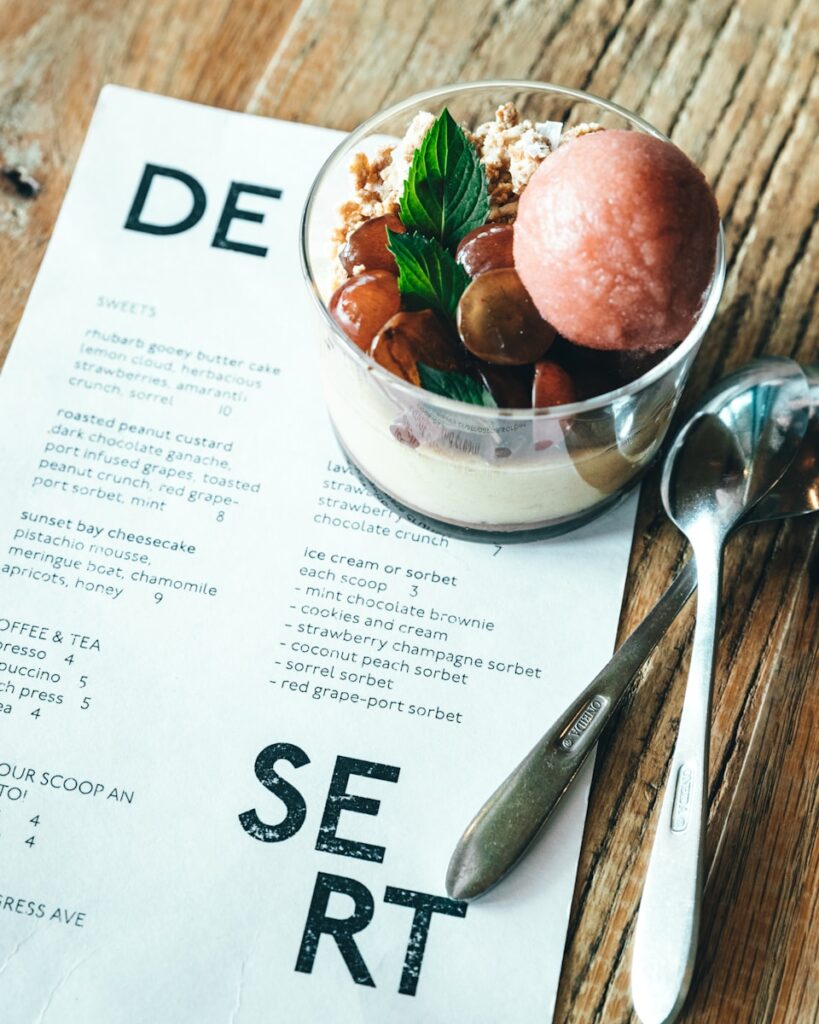
6. **Expecting Changes to a Dish That’s Served a Specific Way for a Reason**
Sometimes, a dish is presented a certain way not because the chef forgot something, but because that’s precisely how it’s *meant* to be enjoyed. The context provides a fantastic example from South Philly’s Artisan Boulanger Patissier. The baker-owner, Andre Chin, is renowned for ‘some of the best homemade French breads and pastries in the entire city.’ One customer ordered a breakfast croissant with bacon, scrambled eggs, and American cheese, noticing ‘the cheese, I noticed, wasn’t melted.’
Assuming the sandwiches were warmed to order, the customer asked if it could be toasted. Andre Chin, the baker-owner, ‘refused.’ His reason? ‘It’ll ruin the croissant.’ He even offered, ‘If you really want it, I’ll do it. But it’ll ruin the croissant.’ His croissants, after all, ‘are what put Artisan Boulanger on the map to begin with.’ This wasn’t stubbornness; it was a chef protecting the integrity of his signature item, a true ‘thing of magic.’
And guess what? The sandwich ‘ended up being delicious, because that croissant is a thing of magic, and American cheese is always creamy — even at room-temp.’ The lesson here is profound: ‘It was served that way for a reason.’ Chefs and bakers often have specific temperatures, textures, and combinations in mind that create the optimal experience for their diners. Asking to change a core element, especially one tied to a chef’s specialty, can diminish the very essence of what makes the dish special. Trust their expertise; they usually know best! After all, their reputation is literally baked into every bite.
Alright, thoughtful diners, you’ve navigated the first six culinary minefields with grace! Now, let’s dive even deeper into the heart of the kitchen and uncover six more modification habits that chefs (bless their artistic souls!) really wish would just… fade away. It’s time to truly master your dining etiquette and become the kind of customer who inspires culinary greatness, not quiet sighs.
Read more about: The Tragic End of a Rising Star: Rebecca Schaeffer’s Legacy in the Fight Against Stalking
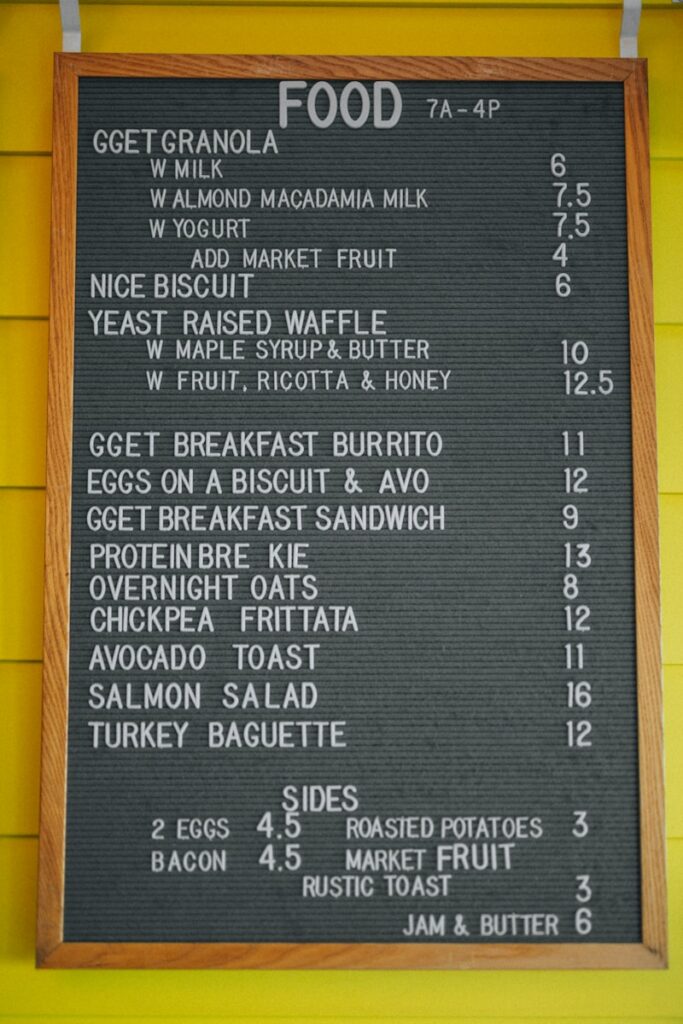
7. **Ignoring “No Substitutions” or “No Modifications” Policies**
Okay, real talk for a second. We all know that glorious feeling of scrolling through a restaurant’s online menu before you even leave the house, right? It’s like a culinary preview, a chance to get excited and plan your order. But here’s a pro tip that’ll keep you in a chef’s good graces: actually *read* those little notes about modifications!
The context we’re diving into clearly states, “Nearly all restaurants list their menus online, so take the time to do some research before walking in the door.” And guess what? These digital menus aren’t just for drooling over descriptions. They often “mention whether or not a restaurant can accommodate different dietary needs, or if they are willing to make changes at all; some restaurants have a policy of no modifications.” It’s like a secret handshake with the kitchen, letting you know the rules of the game before you even sit down.
So, if you’ve seen a clear “no substitutions” or “no modifications” policy online, or even if it’s printed subtly on the physical menu, trying to push for a major overhaul is a definite no-go. It’s not the kitchen being difficult; it’s them being clear about their operational capacity and culinary vision. Respecting these boundaries means a smoother experience for everyone, ensuring the staff can focus on delivering the amazing food they *are* prepared to make, without added friction. It’s about setting clear expectations from the get-go.
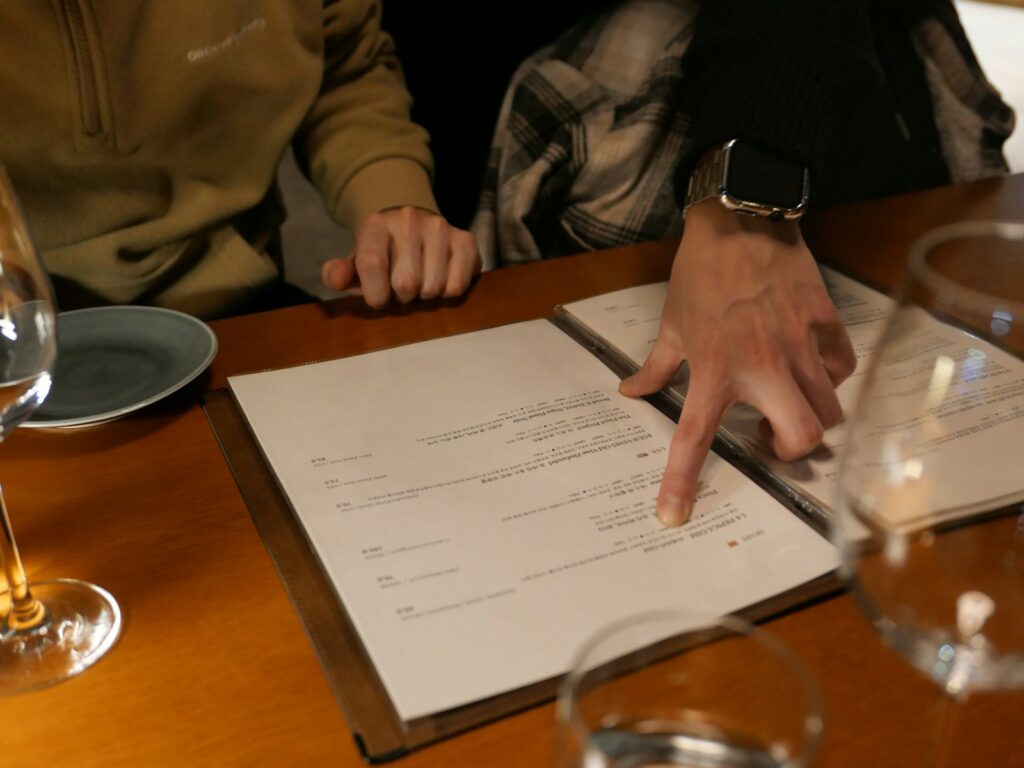
8. **Demanding Ingredients Not on the Menu (or Not Cross-Utilized)**
Ever been to a restaurant and thought, “This pasta would be *perfect* with a sprinkle of that special herb from the steak dish, plus some of those pickled carrots from the salad”? We get it, the creative culinary muse can strike anywhere! But here’s a peek behind the curtain: kitchens operate on efficiency, especially when it comes to ingredients.
Chefs are master strategists when it comes to their pantry. The context hints at this wisdom, mentioning that “the more you use an ingredient in multiple dishes the better. Doing this lowers your overall food cost and limits product waste.” This isn’t just some abstract business rule; it’s a fundamental principle that keeps a restaurant running smoothly and profitably. Proteins, for example, are often your “most expensive product investment,” so they’re ideally “used in at least two places on the menu.”
When you ask for an ingredient that isn’t listed anywhere on the menu, or one that’s exclusively tied to a single, very different dish, you’re essentially asking the kitchen to break its carefully crafted system. It might mean opening a new package for a single use, sending a cook on a scavenger hunt, or creating waste. It adds complexity and cost that can throw off their entire inventory and preparation flow. So, next time you’re dreaming of a rogue ingredient, maybe opt for a dish that already celebrates those flavors!
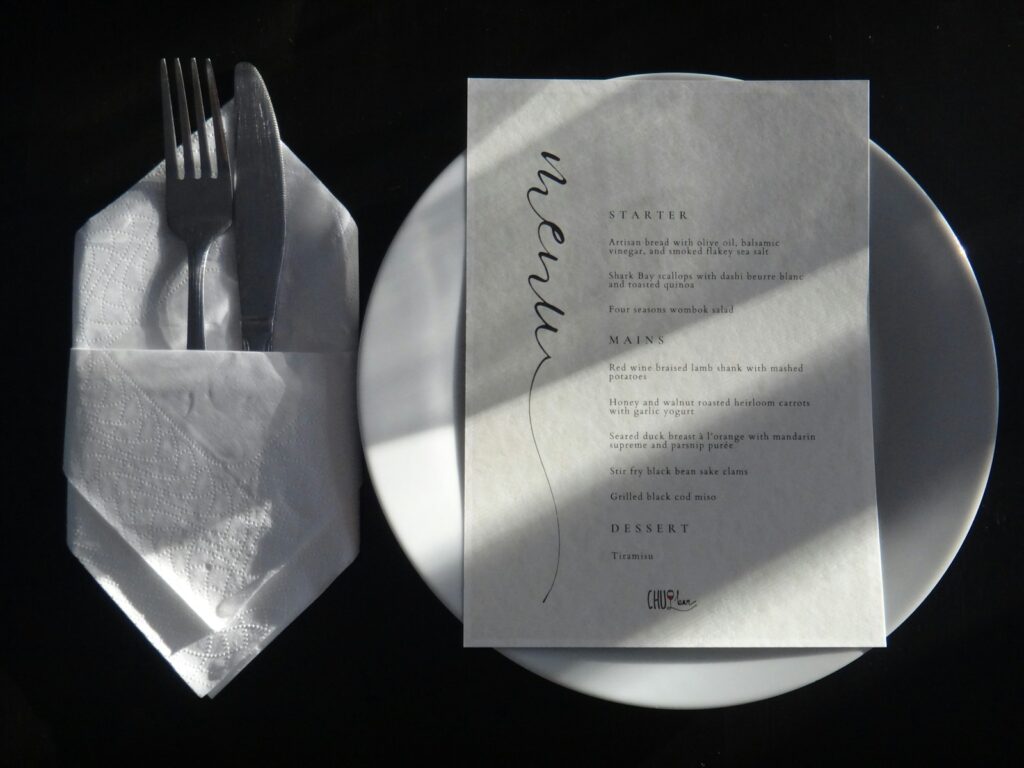
9. **Treating a Curated Menu Like a Build-Your-Own Experience**
We all love personalization, right? From our coffee orders to our streaming recommendations, tailoring things to our exact preferences feels amazing. But there’s a delicate balance when it comes to dining, especially in places where the chef’s artistry is front and center. Sometimes, a menu isn’t just a list of items; it’s a carefully curated narrative, a culinary journey the chef wants you to experience.
Remember, especially in those “cheffier spots,” the restaurant often serves as “a suitable platform — a personal outlet — for their creative talents. A safe space to show off.” This isn’t about slapping ingredients together; it’s about a vision, a passion, a carefully constructed offering designed to showcase their skill. When every diner starts building their own Frankenstein meal, it can diminish that artistic intent.
The line between a “family-friendly spot” where “being picky is fine” and a more ambitious concept is crucial. The context makes it crystal clear: “the more ambitious the concept, the more talented the kitchen, the closer the connection is between the chef and the diner, the less okay it is for you to come barging in altering their dishes.” It’s about respecting the chef’s craft and trusting their expertise to deliver an experience they’ve thoughtfully designed. Embrace the journey, and let the chef be your guide!
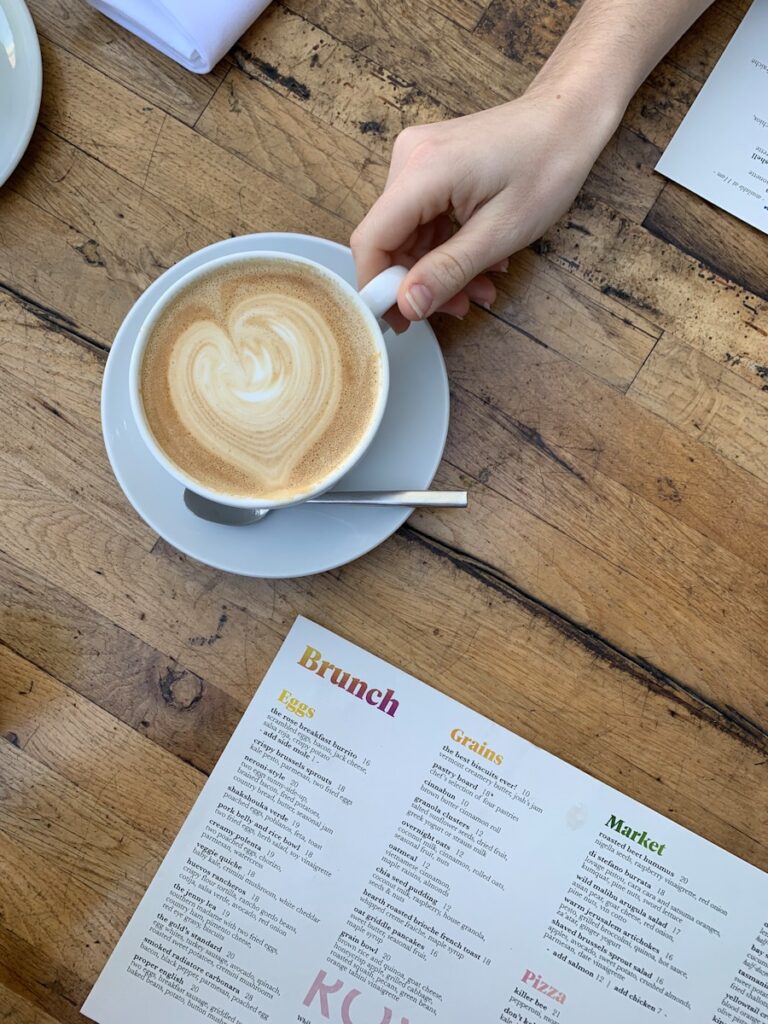
10. **Becoming “Butt-Hurt” When a Modification is Refused**
Alright, let’s talk about the dreaded “no.” Nobody likes to hear it, especially when your heart is set on that perfect, slightly-tweaked dish. But here’s the thing: sometimes, “no” is the right answer, and it’s delivered for good reason. And how we react to that “no” can speak volumes about us as diners.
The “Ask the Editor” section offers some golden advice here, explicitly stating that “sometimes the answer is no, and you shouldn’t get all butt-hurt about it if it is. Because it’s probably ‘no’ for good reason.” This isn’t a chef being stubborn or difficult; it’s often a chef protecting the integrity of their dish, ensuring kitchen efficiency, or simply acknowledging a logistical impossibility.
Think back to Andre Chin and his croissant. He refused to toast it because “It’ll ruin the croissant,” a true “thing of magic” that put his bakery on the map. He even offered, “If you really want it, I’ll do it. But it’ll ruin the croissant.” Accepting a refusal with grace shows respect for the chef’s expertise and the restaurant’s operational realities. It allows everyone to move forward without unnecessary awkwardness, maintaining that positive vibe that makes dining out so enjoyable. Plus, you might just discover, like that customer, that the dish *was* delicious as intended!
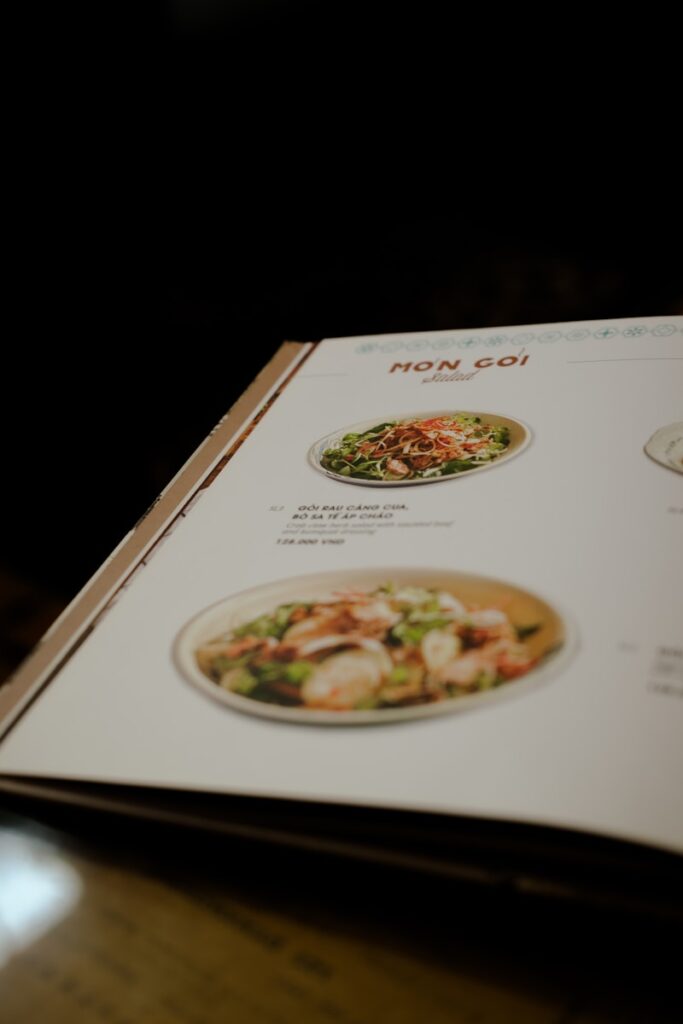
11. **Confusing Preferences with Genuine Dietary Restrictions**
Let’s clear the air on something super important: genuine allergies and dietary restrictions are a completely different ballgame from personal preferences. Chefs and restaurants take health and safety incredibly seriously, and they will always do their best to accommodate celiac disease, nut allergies, dairy intolerances, and other legitimate medical needs. This is about ensuring your well-being, not just your taste buds.
The context explicitly acknowledges this distinction, noting, “Of course, when allergies and dietary restrictions are involved, it’s a different story. But that’s for another day.” This phrase acts as a subtle nod to the fact that while the main article focuses on *unnecessary* modifications, true dietary requirements are always prioritized. Chefs are trained to handle these, often with dedicated prep spaces and strict protocols to prevent cross-contamination.
The frustration arises when diners use the language of “restriction” to mask a simple “I don’t like X.” While it’s okay to have preferences, it’s essential to be clear and honest. Labeling a dislike as an “allergy” can divert crucial kitchen resources, create unnecessary stress, and even desensitize staff to genuine life-threatening situations. Be transparent about your preferences, and clearly communicate any *actual* dietary needs so the kitchen can genuinely protect your health without confusion.
Read more about: Experts Reveal: The 6 Worst Diet Missteps You Need to Stop Attempting for Sustainable Health
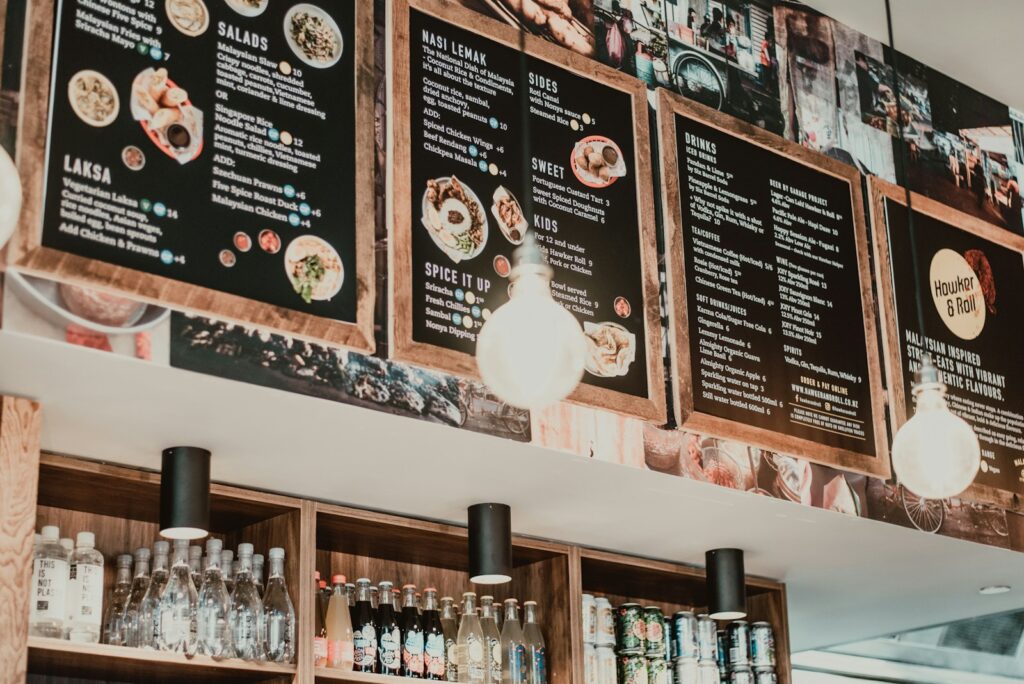
12. **Not Trusting the Chef’s Intentionality and Vision**
Picture this: you’re settling in for a meal, and every plate that emerges from the kitchen is a masterpiece, perfectly plated, aromas wafting. A lot of thoughtful decisions go into that moment, from the temperature of the components to the specific cut of an ingredient. Chefs don’t just haphazardly throw things together; there’s an intentionality behind every element.
We saw a prime example with Andre Chin’s croissant: “It was served that way for a reason.” The American cheese wasn’t melted, not because he forgot, but because toasting “It’ll ruin the croissant.” This story isn’t just about one croissant; it’s a microcosm of a chef’s broader philosophy. They understand how flavors, textures, and temperatures interact to create the optimal dining experience, often based on years of training and countless hours of experimentation.
When you ask to fundamentally change a dish – to melt cheese that’s meant to be cool, to overcook a perfectly seared protein, or to add a sauce that clashes with the delicate balance – you’re essentially second-guessing that intentionality. Trusting the chef’s vision means allowing yourself to experience the dish as it was originally conceived. It’s an act of faith in their expertise, and often, it leads to a truly delightful and unexpected culinary discovery. After all, they’ve literally poured their expertise into making it delicious for you, exactly as it is!
So there you have it, folks: a dozen insights straight from the culinary front lines, all about how we, as diners, can level up our restaurant etiquette. It’s not about stifling your individuality or never asking a question; it’s about being thoughtful, doing a little homework, and recognizing the immense passion and precision that goes into every dish. When we approach dining with understanding and respect for the culinary craft, we’re not just getting a meal; we’re participating in an experience, fostering a better environment for everyone, from the server hustling through the dining room to the chef perfecting their art in the kitchen. Let’s make every meal out a delicious, respectful, and genuinely joyful occasion – for us, and for the amazing people who feed us! You’ve got this, future thoughtful diner!


